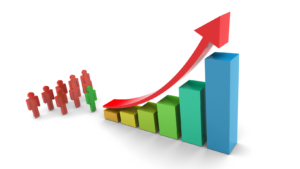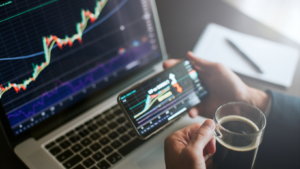The art world is a vibrant, ever-changing landscape, with trends that shift and evolve as quickly as the brushstrokes of a master painter. The art market, in particular, is a fascinating realm, where creativity meets commerce, and where the value of a piece can skyrocket in the blink of an eye.
This article dives into the latest trends in the art market, exploring how they’re shaping the industry and influencing the works that artists produce. From the rise of digital art to the resurgence of classical styles, we’ll take a closer look at the forces that are driving the art market today.
So, whether you’re an artist, a collector, or simply someone who appreciates the beauty of art, join us as we navigate the colorful and complex world of art market trends.
Art Market Trends

The Art Market trends represents a unique confluence of aesthetic ideals, buyer-seller dynamics, and financial considerations. Grasping it necessitates a deeper understanding of art valuation and key marketplayers.
The Basics of Art Valuation
Art valuation stands as a complex process, deeply embedded in the art market dynamics. It goes beyond mere aesthetic appreciation, encompassing factors such as artist reputation, provenance, condition, rarity, and market trends. For instance, a Picasso painting commands a high price, largely due to his formidable reputation and the rarity of his works. Moreover, artworks accompanied by solid provenance, indicating they’ve circulated among well-known collectors or been part of prestigious exhibitions, often fetch higher prices.
Key Players in the Art Market
The art market involves a wide array of participants, each playing a critical role in its functioning. These include artists, galleries, auction houses, collectors, critics, and museums. Artists create the artworks, while galleries and auction houses serve as intermediaries, organizing exhibitions and auctions to showcase and sell the pieces. Collectors purchase the works not only for their personal enjoyment but often also as an investment. Critics wield influential power, their reviews potentially shifting market values. Finally, museums acquire artworks for public display, simultaneously conferring prestige on the artists.
Role of Technology in the Art Market

Technology plays an instrumental part in transforming the art market, inducing new ways of buying, selling, and understanding art. This section explores the role of digital platforms in facilitating art sales and the use of advanced analytics in predicting art market trends.
Online Sales and Digital Platforms
In recent years, digital platforms have changed the landscape of the art market. They’ve accommodated an online shift, propelled by global events like the COVID-19 pandemic, and fostered a venue to exhibit and sell artwork. This avenue not only broadens the pool of potential buyers but also democratizes the art world, making it accessible to a wider audience.
For instance, online sales reached a record high in 2020, accounting for 25% of all global art market sales compared to a mere 9% in 2019, according to The Art Market Report 2021 published by Art Basel and UBS. Besides established auction houses such as Christie’s, Sotheby’s, and Phillips taking significant online strides, specialized digital platforms like Artsy and Saatchi Art have also gained popularity.
Art Market Predictions through Advanced Analytics

With the influx of data generated from online sales, advanced analytics have found their application in predicting art market trends. These analytical tools interpret complex data patterns, anticipate how art market values might fluctify, and indicate potential investment avenues.
Art World Analytics is a prominent player leveraging advanced analytics to forecast shifts in the art market. Similarly, Artnome’s vast database uses artificial intelligence (AI) mechanisms to provide market insights. These predictive analyses unlock a new dimension of understanding and navigating the art market, enhancing decision-making processes for collectors, artists, and investors.



